Did the Filipinos learn from the lessons of the fire incidents that took place from the last 30 years?
1996 | Last Dance at the Ozone Disco
A night of blissful celebration turns tragic for the graduating students in Quezon City.
March. A blissful month for students, especially for seniors who are about to embark on the new chapters of their lives. With this, a lot of business establishments take advantage of the merrymaking of the ecstatic youth.
Ozone Disco was one of the well-known nightclubs in Quezon City during the 90s. It previously housed a jazz club named Birdland before Sergio Orgaoow founded the nightclub in 1991 under Westwood Entertainment Company, Inc.
Unbeknownst to its patrons, the building of the now-infamous nightclub was already vulnerable to fire incidents, and it was only a matter of when it would happen. The building’s capacity itself was unsettling, intending to accommodate around 35 persons. Furthermore, the building did not have water sprinklers, had faulty fire extinguishers, and no accessible fire exits.
But during that fateful night of March 18, 1996, Ozone Disco was packed with around 300 people, including 40 employees.
OZONE DISCO, A DEATH TRAP
The clock just struck midnight, and everybody was dancing on the dance floor when the fire started at the DJ’s booth.
Those who saw it immediately rushed out. But most who were deep into the beat thought the explosions were just part of the DJ’s effects—and when they did realize it, it was already too late. It could have been easier to escape if there were a lot of exits, but with the existing red flags in the building, the once ecstatic place turned into hell-on-earth.
With only one known exit, all 300 hundred bodies rushed towards the main door. Unfortunately, the swing-in door kept the desperate bodies inside as they were pushing it instead of pulling.
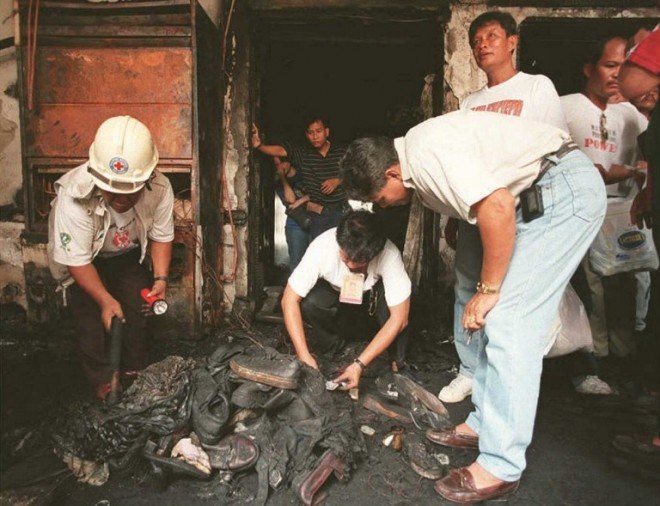
“Bodies of people who had tried unsuccessfully to escape were piled waist-deep in a narrow corridor leading from the dance floor. Others were crushed beneath a collapsed mezzanine ceiling,” stated in 1996 The New York Times.
Most of the survivors were severely burned. While many of the trapped victims got badly burned, their remains stuck to each other.
Out of 300, about 162 people perished—all because of negligence in complying with fire safety laws and building codes.
CONVICTION
It took 18 years before the verdict of the tragedy came down. In November 2014, seven Quezon City local government officials were found guilty of graft and corruption. Moreover, two board members of the parent company which owns Ozone Disco were also found guilty. The businessmen and ex-public officials were all sentenced to 6-10 years in imprisonment. The latter was also perpetually barred from any government positions in the future.
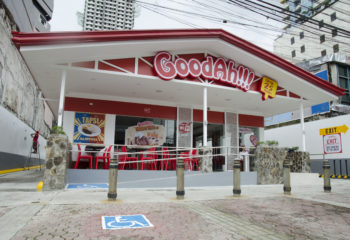
At present, Ozone Disco remains one of the worst fire incidents in the country and seventh in world history, having 1942 Cocoanut Grove in Boston at the top, where 491 people died.
~
2001 | No Escape at the Manor Hotel Blaze
As if lessons from the Ozone Discotheque Inferno weren’t enough, another fire safety violating establishment in Quezon City went to flames in August 2001.
Located just north of the Manila tourist center, the sixth-story building of Manor Hotel in Quezon City was said to be built around the 1970s. The design plan of the building was initially not meant for a hotel. However, owners William and Rebecca Genato managed to establish it. The first two floors of the building were used as offices, while the rest of the floors were hotel rooms.
Around 236 people checked into the Manor Hotel, 172 of the guests were participants of a weekend Christian Evangelical gathering.
The sun was just about to rise on August 18, 2001, when the fire broke out. According to the investigating authorities at the time of the misfortune, the cause of the fire was a result of a short circuit located on the third floor. With no fire alarms around the building, sleeping guests did not have a clue at the tragedy they are about to face.
BARRED WINDOWS & SUFFOCATION
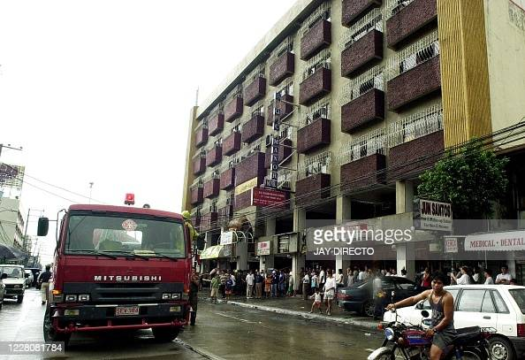
The hotel owners claimed to have passed the fire safety inspection three months before the fire. However, when the hotel underwent investigation following the blaze, tons of problematic issues were dug up—authorities and the victim’s families started to question the approval to operate.
Aside from the lack of fire escapes (either blocked or locked), the hotel also had no water sprinklers, fire extinguishers, and emergency lights. Guests were not able to escape, not even out the windows, because of the installed anti-theft grills.
While some managed to jump out and survived, 75 perished mostly because of smoke suffocation. Based on the initial report, around 62 people died on the scene while 13 more died at the hospital. The age range of the fatalities was between 30-40 years old, six of the victims were children.
Most of the bodies found in bathrooms—one victim even had his face submerged in a toilet bowl out of desperation.
AFTER EIGHTEEN YEARS VERDICT
Again, just like Ozone Disco, the case of Manor Hotel blaze took 18 years before victims and their families received justice. The Sandiganbayan sentenced ex-officials of the Quezon City government and others 10-30 years in prison for their, again, negligence.
And guess what? The same man behind the 1996 Quezon City discotheque tragedy was also involved and was found guilty of three counts of graft. Both owners of the hotel were also sentenced to prison for allegedly conspiring with the public officials.
~
2015 | Valenzuela Kentex Factory Disaster
At what seemed to be another striving day at the factory, most of the labor workers did not have a clue that it would be unfortunately their last.
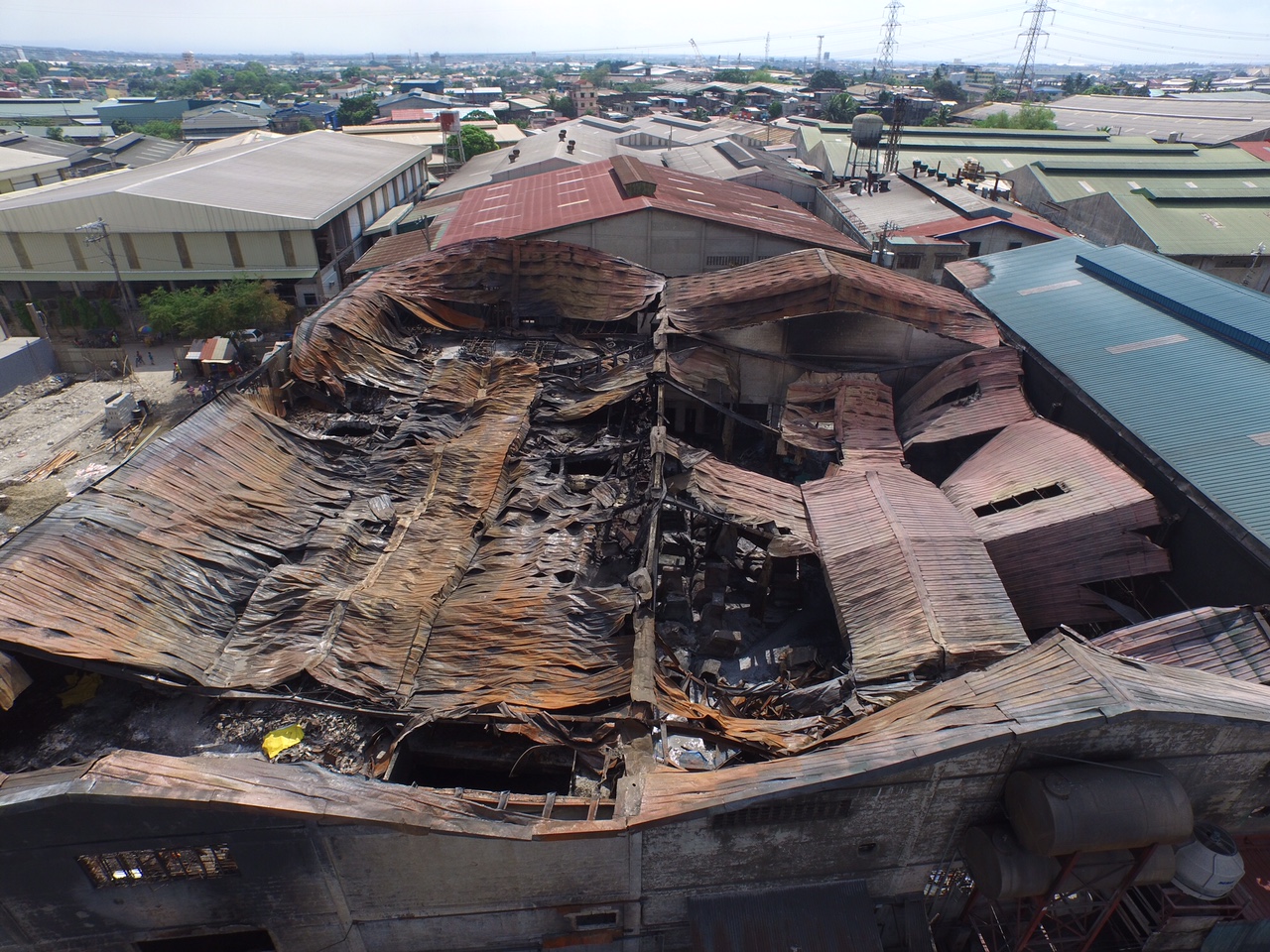
Kentex Factory, a manufacturer for slippers, in Valenzuela had over 150 regular and contractual employees back in 2015. Many sources claimed that the factory was practicing an inhumane working system, which also catalyzed the tragedy.
TRAPPED IN THE SECOND FLOOR
A worker was welding the main entrance door when the fire started. According to some of the survivors, the sparks from the welding operation ignited one of the chemicals nearby, triggering an explosion.
With the inaccessible main entrance, workers rushed towards the second floor in an attempt to find another exit—however they found themselves trapped.
Dubbed as the worst factory fire in the country, Kentex Factory fire lasted for seven hours and claimed 74 lives, with only seven survivors. The majority of the fatalities were on the second floor, behind barred windows.
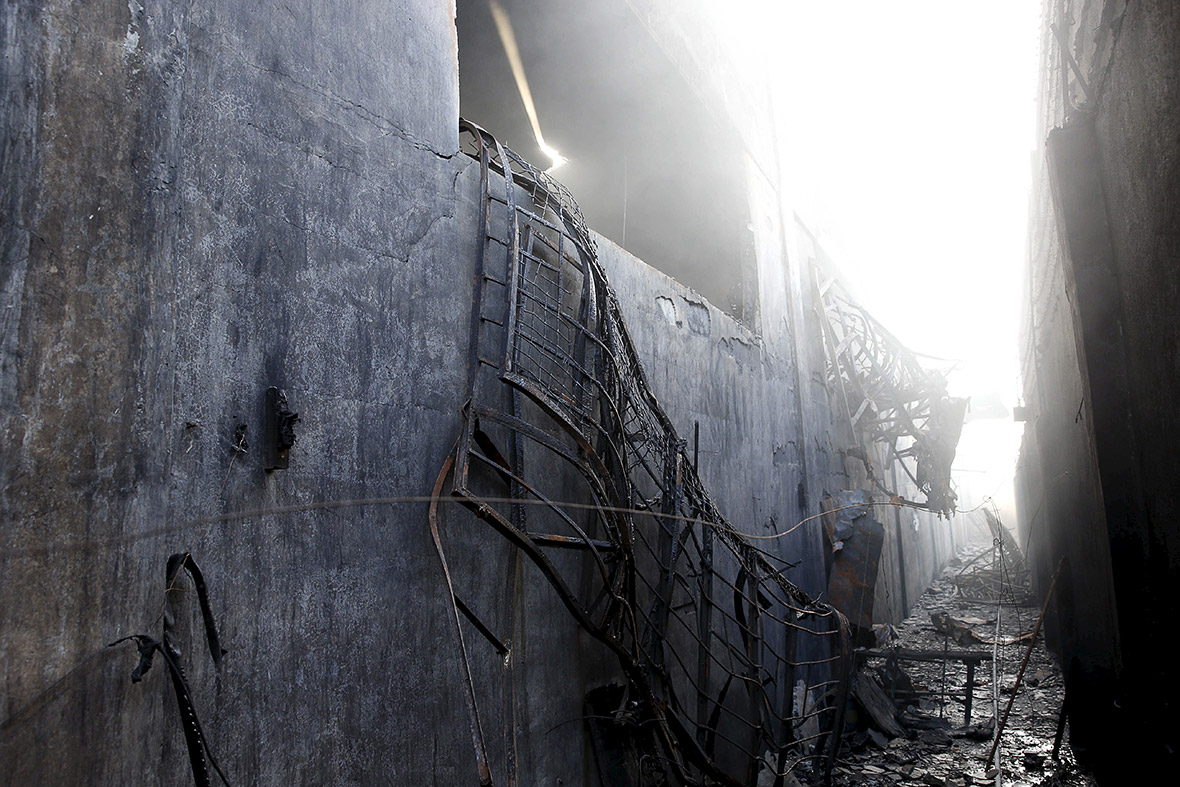
Among the casualties was the 24-years-old son of the Kentex owner Tristan Ong. He was one of the first three remains to be retrieved from the charred factory, along with his secretaries.
POOR HEALTH & SAFETY STANDARD
If it weren’t for the big black smoke, the Bureau of Fire (BFP) in the area wouldn’t have known. Based on the initial investigation, the footwear factory had no fire exits and that windows were covered with iron grilles. Furthermore, flammable chemicals had no proper storage rooms, exposing them to possible hazards.
Workers were unaware of fire safety standards, too, and the management of the factory failed to conduct fire drills. Likewise, the factory failed to provide fire extinguishers, alarm and sprinkler systems, and fire escapes.
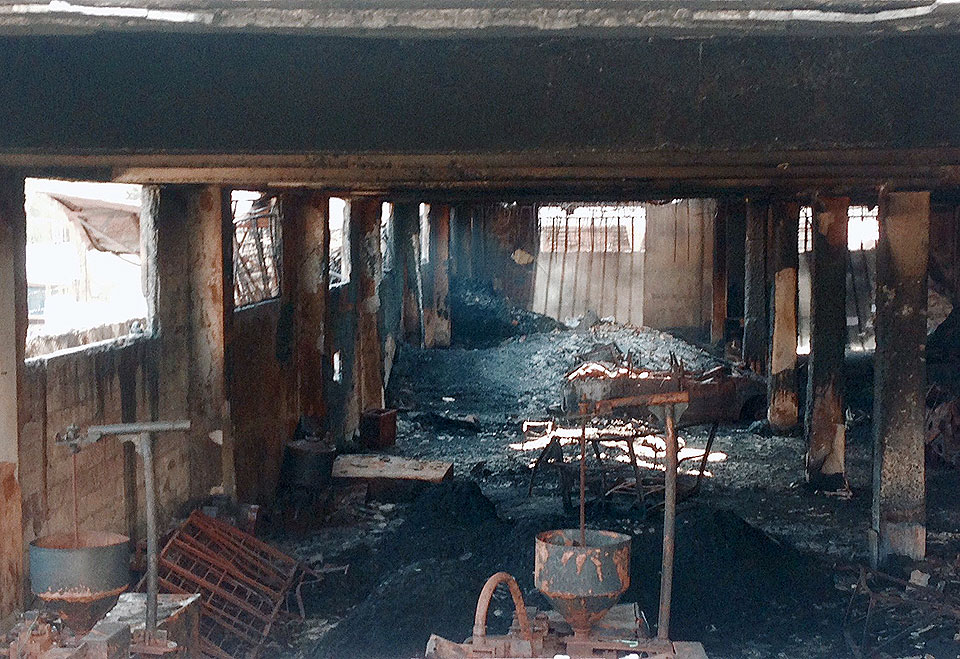
Kentex lawyer Renato Paraiso defended that the steel bars on the window were the company’s preventive measure against thieves. This is the same with all other factories in the country that practices poor standards for the safety of its workers.
Moreover, another common theme for these factory workers was below minimum wage compensation.
In 2019, the Supreme Court finally ordered Kentex to pay back its workers who were found underpaid. The SC First Division reinstated the 2015 Labor Department order that Kentex Chief Finance Officer Ong King Guan should pay 57 factory workers P1.44 million. The high court reversed the 2017 decision of the Court of Appeals that discharged Ong from being liable from the 2015 blaze.
~
1975 | Wig Factory Marikina
Prior to the Kentex factory fire, a similar factory inferno tragedy took place in a Marikina Wig Factory.
In 1975, a fire broke out on the first floor and spread rather quickly. With no proper storage, highly flammable materials were exposed to the fire and spread towards the upper floors. The factory had no water sprinkling system and fire extinguishers and the lack of fire exits trapped most of the employees on the upper floors. Some even resorted to jumping off the building, sustaining fatal injuries.
In a span of three hours, 42 workers died while 79 were severely injured.
~
2017 | NCCC Mall
Two days before Christmas, and as usual, mall shoppers were on the last-minute rush when a fire broke out and engulfed the NCCC Mall in Davao. A short circuit at the fabric and furniture section was the reason for the fire that lasted for 32 hours.
Unfortunately, 38 call center agents perished as they got trapped on the fourth floor. The mall had no functioning sprinkler system.
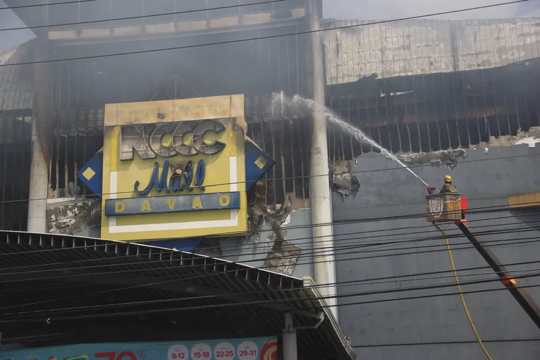
—
It’s highly important to note that two of the most common similarities between these tragedies are 1) people overcrowding and 2) negligence of maintaining fire safety standards.
How much has changed since the tragedy? Did Filipinos finally learn from this tragedy? According to BFP, fire incidents from 2018 to 2019 increased by three percent, having 15,848 to 16,382 to recorded fire incidents. Deaths also rose by nine percent to 362 persons.
The BFP also noted that the top three causes of fires are still the same, with faulty electrical connections as the leading cause. This was followed by lighted cigarette butts and open flames due to torches.
REFERENCE
- https://www.esquiremag.ph/culture/the-7-deadliest-fires-in-the-philippines-in-the-last-50-years-a1729-20180327-lfrm
- http://www.asppi.org.ph/files/public/publication/Consolidated%20Fire%20Incident%20in%20Metro%20%20Manila%20OSCH.pdf
- https://www.nytimes.com/1996/03/19/world/at-least-150-are-killed-in-disco-fire-in-manila.html
- https://abcnews.go.com/International/story?id=80614
- https://edition.cnn.com/2001/WORLD/asiapcf/southeast/08/18/manila.hotelfire.1145/
- https://www.philstar.com/headlines/2001/08/19/130574/qc-hotel-fire-kills-75
- https://philippinesgraphic.net/lessons-on-fire-safety/
- https://www.theguardian.com/global-development-professionals-network/2015/jul/20/the-inside-story-of-the-kentex-disaster-74-workers-died-but-no-one-is-in-prison
- https://www.ibtimes.co.uk/philippines-footwear-factory-fire-bars-windows-trapped-workers-second-floor-photo-report-1501264
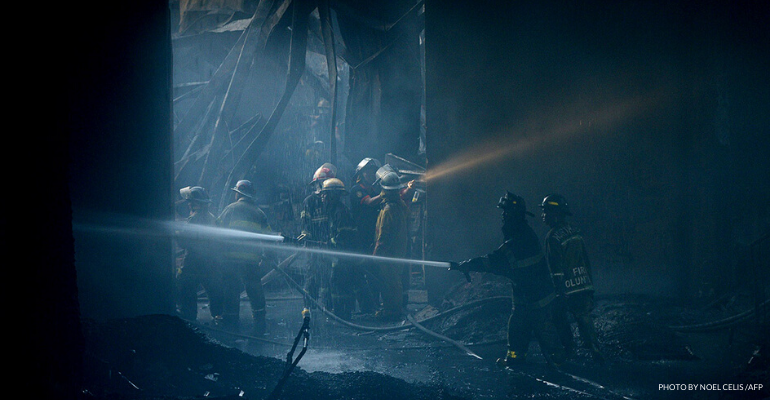
Leave a Reply